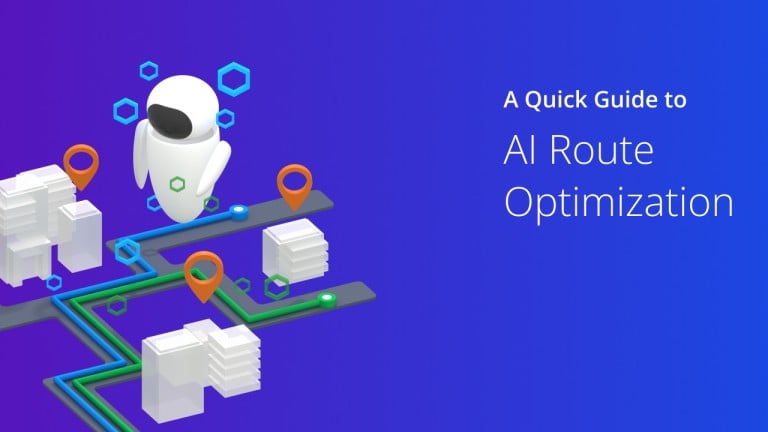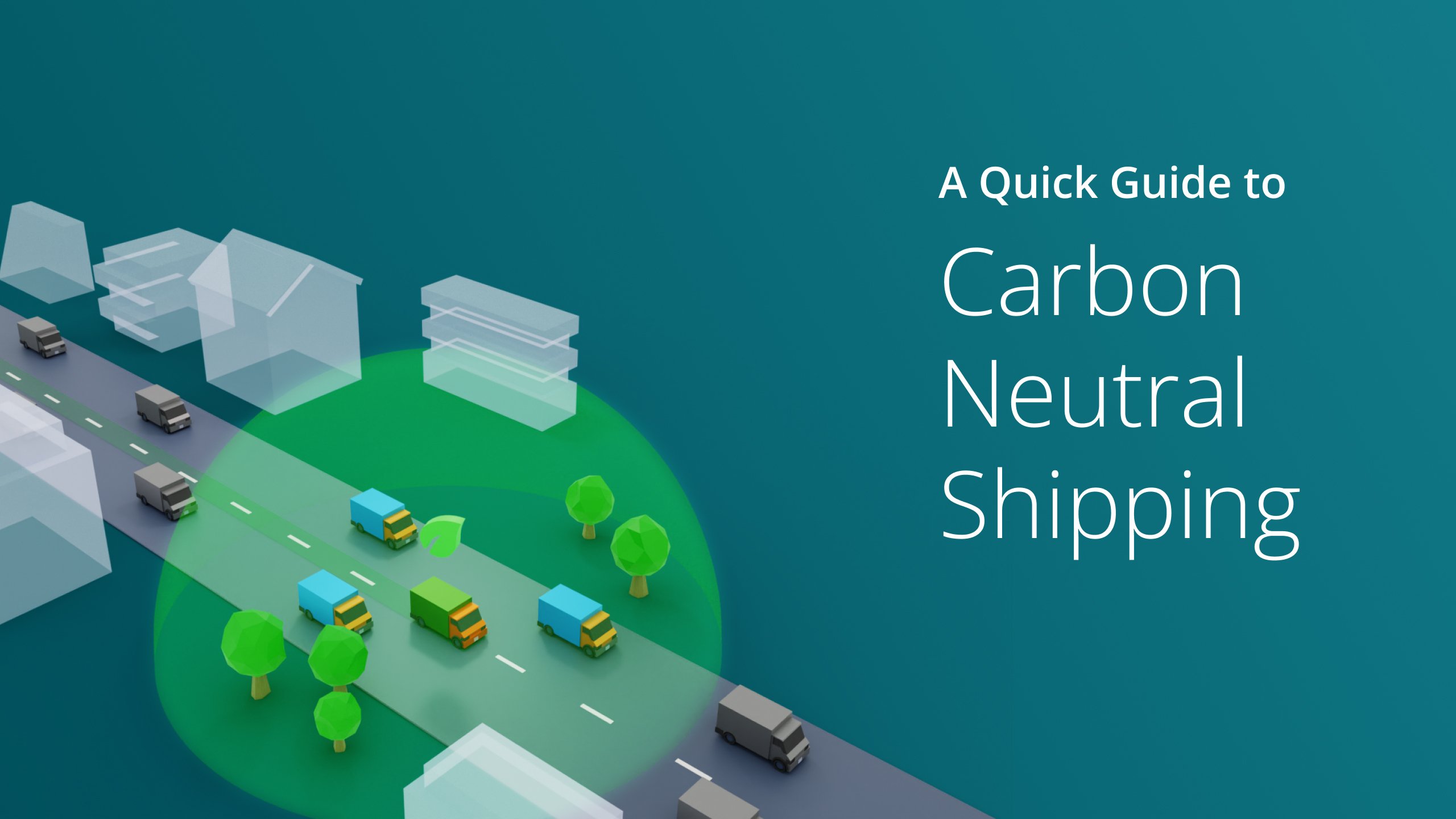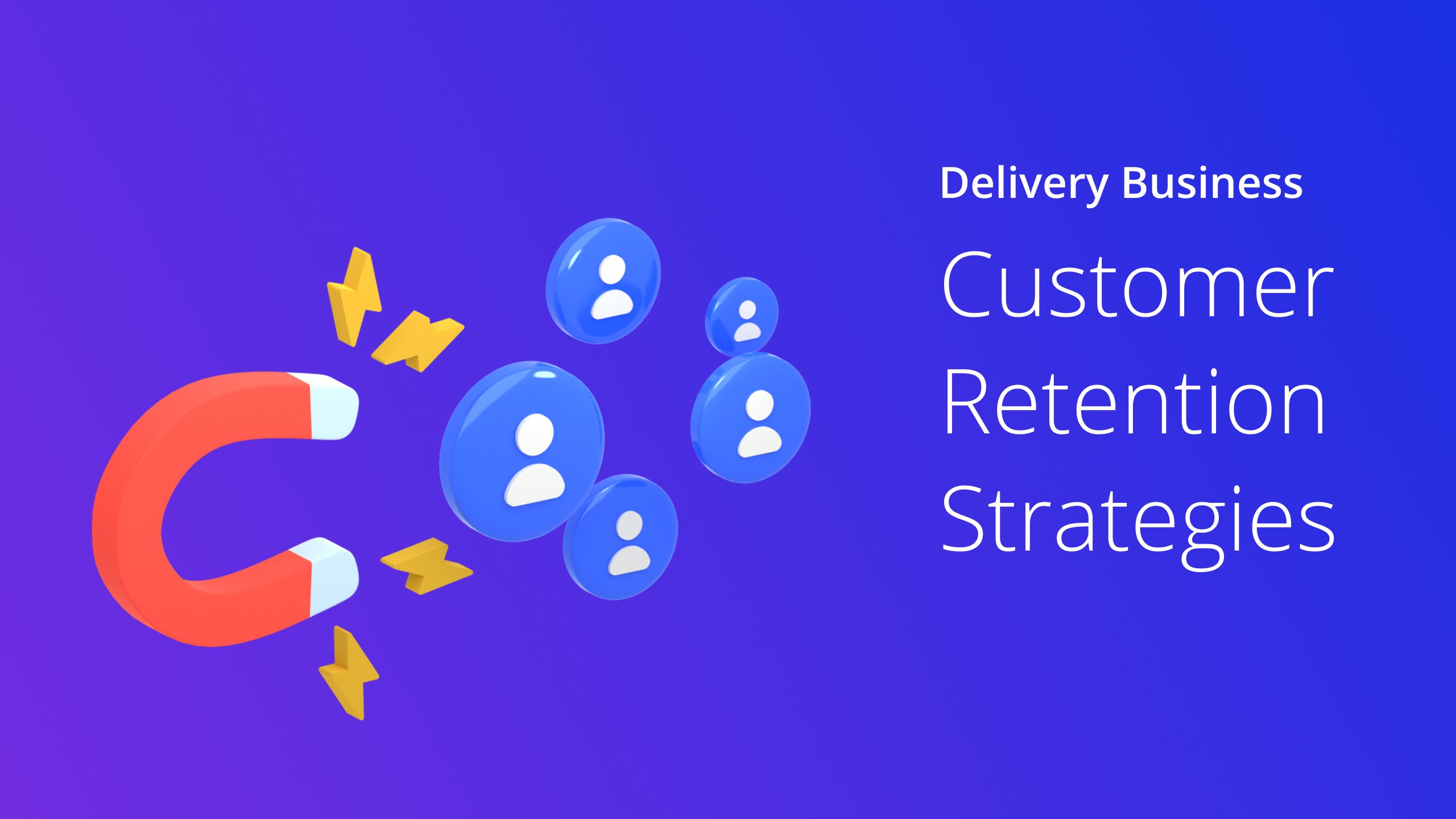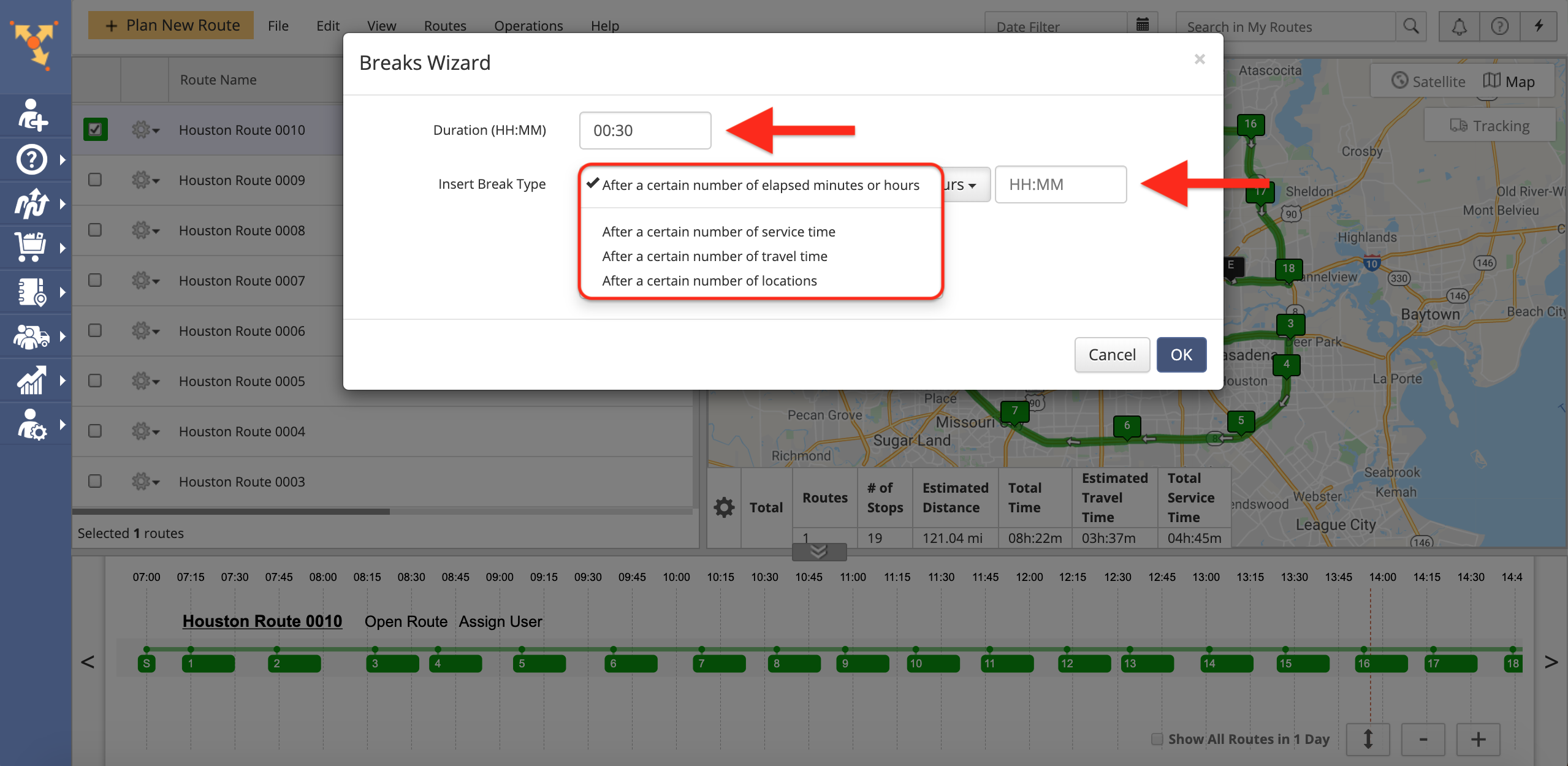Picture this: It’s Monday morning, and your delivery team is gearing up for another busy week.
As a delivery manager or dispatcher, you must plan multi-stop routes for multiple drivers and ensure that every package reaches its destination on time.
But despite your best efforts, you could still plan inefficient routes (primarily if you use pen and paper or spreadsheet) and frustrate customers due to delayed deliveries. Drivers won’t be happy either.
But it’s not always your fault.
Due to tremendous work pressure and meeting the increasing customer demand for superfast deliveries, you may overlook critical details while planning routes.
Several unanticipated situations, such as vehicle breakdowns or sudden road closure due to an accident, could mess up your diligently planned routes and impact deliveries.
This is where AI route optimization comes to the rescue.
AI optimizes routes, factoring in real-time traffic and weather updates, delivery constraints, and historical data. It helps increase efficiency, reduce costs, save time, and improve customer satisfaction and profitability.
Many prominent companies worldwide have already started using AI route planners. For example, UPS’s route optimization software, ORION, uses artificial intelligence and machine learning and has helped the company save approximately 100 million miles and around 10 million gallons of fuel annually.
But how exactly does this cutting-edge technology work?
How can you leverage it to streamline your operations?
This guide will go through the basics of AI route optimization software. Also, we will share insights, strategies, and practical tips on harnessing the power of artificial intelligence to transform the delivery route planning process.
Table of Contents
How Does AI Route Optimization Work?
AI-powered last-mile optimization solution leverages advanced algorithms and data analytics to automatically generate well-optimized delivery routes. Here is how it works.
Gathers a Lot of Data
The AI-driven delivery planning app collects relevant data, including customer addresses, distances between each address, vehicle load capacities, weather conditions, historical traffic data, delivery time windows, and more constraints.
Formulates the Problem
Based on the collected data, the AI route planner formulates the specific routing problem to be solved, such as the Vehicle Routing Problem (VRP) or Traveling Salesman Problem (TSP).
Selects Algorithm
The AI system chooses the appropriate algorithm, such as a heuristic, metaheuristic, or a combination of multiple algorithms, to solve the problem.
Offers a Preliminary Resolution
The system produces an initial solution, which may be random or determined by simple heuristics. This initial solution acts as a starting point for the optimization procedure.
Keeps Improving the Solution
The AI-powered multi-stop route optimization software improves the initial solution by applying various optimization techniques. It explores different routes, swaps, or reorder locations and assesses the impact of these changes on the overall solution.
Evaluates the Solutions
AI assesses the effectiveness of the solutions according to specified criteria and objectives. The assessment may include time taken, travel distance, adherence to constraints, and vehicle utilization.
Ends When Termination Conditions Met
The optimization process continues until it meets a specified termination condition. This condition could be a maximum number of iterations, a time limit, or reaching a specific solution quality.
Generates the Final Solution
The AI-driven multiple-stop route optimizer outputs the best-found solution, representing the optimized route or sequence of locations that meet all constraints and objectives.
Adapts and Learns
Some AI route planners leverage machine learning to constantly learn and adapt based on new data, past experiences, and real-time information.
Makes Dynamic Route Adjustments
Whether due to unforeseen delays or last-minute changes, an AI-powered dynamic route optimization app can quickly recalculate routes to ensure drivers can stay on schedule and make timely deliveries.
Want To See For Yourself How Route4Me Can Help Optimize Multi-Stop Routes?

Types of AI Used to Optimize Routes
There are several types of AI used to optimize routes, but the following ones are the most common:
Machine Learning
Supervised machine learning models, such as time series or regression analysis, are used to forecast demand predictions and optimize routes accordingly using historical data.
Unsupervised machine learning algorithms, such as K-means clustering, are used to group delivery locations based on geographical proximity or other shared characteristics.
Genetic Algorithms
Genetic algorithms imitate the mechanism of natural selection and genetic processes to create optimal solutions to a vehicle routing problem using a population-based approach. These algorithms continuously generate and refine routes based on fitness criteria such as distance, time, and resource utilization.
Multi-Stop Route Planner App
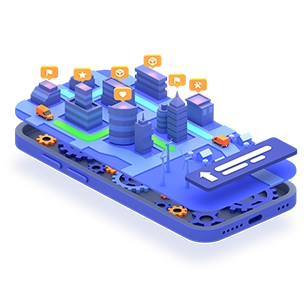
Ant Colony Optimization
Drawing inspiration from foraging ants, ant colony optimization algorithms repetitively explore and exploit potential routes to find the most efficient ones. These algorithms excel at finding near-optimal solutions for complex routing problems.
Reinforcement Learning
Reinforcement learning algorithms enable route optimization software to learn and improve over time through trial and error. By rewarding desirable outcomes and penalizing suboptimal choices, these algorithms can iteratively refine route plans to improve performance.
The Benefits of AI Route Optimization
Drivers Can Make More Deliveries
By streamlining route planning and minimizing travel distances, AI route optimization enables delivery drivers to make more daily deliveries.
Minimizes Carbon Footprint and Operational Costs
Less travel distance means less fuel consumption and carbon emissions. Plus, there will be less vehicle wear and tear and less overtime, reducing overall operational costs.
Less Stress for Drivers
With AI handling route planning and adjustments, drivers can focus on the road without the added stress of navigating complex routes or dealing with unexpected delays. This helps the driver stay relaxed and productive throughout their journey.
Improves Customer Satisfaction
AI route optimization ensures customer receive their packages on time, leading to positive online reviews and word-of-mouth.
Plus, AI-powered route planners provide customers with accurate estimated time of arrival (ETA) updates and keep them in the loop every step of the way. Such proactive communication builds trust and improves customer experience.
Reduces Driver Fatigue
By removing unnecessary diversions and optimizing route sequences, AI route planners create more efficient routes for drivers. This reduces driver time on the road and minimizes fatigue.
The best delivery route planning software like Route4Me even offers a Driver Breaks feature to insert breaks into the optimized routes to ensure drivers get enough rest. Plus, it helps you comply with state regulations.
You can add breaks after a specific elapsed driving time, total on-duty route time, or the number of stops.
Improves Resource Utilization
AI route planners optimize resource allocation. Therefore, you can better utilize your vehicles, drivers, and other resources.
Helps Make Strategic Decisions
AI-generated insights can help you make crucial business decisions, such as expanding your fleet, improving delivery experience, or offering service in untapped areas.
How Route4Me’s AIRoute4Me’sute Planner Can Help
Route4Me’s plRoute4Me’sively supports machine learning, data science, and AI workloads. It offers several crucial features that make route planning and scheduling seamless, help create fuel-efficient multi-stop routes, and improve customer experience and profitability. Plus, it is easy to use and has an almost zero learning curve.
Here is a quick rundown of Route4Me’s feRoute4Me’s benefits:
- You can easily import customer addresses into the system. You can add addresses manually, upload a spreadsheet or a scanned copy, or even import from your cloud storage.
- It comes with a built-in geocoder to autocorrect addresses to reduce failed deliveries.
- You can plan routes months in advance.
- You can assign a balanced workload to the drivers with a single click.
- Track vehicles and drivers in real time.
- You can amend routes in real time to accommodate last-minute changes.
- You can notify customers about their delivery status through SMS or email.
- Route4Me offers a customer portal that enables your end customers to monitor the package status in real time.
- eSignature feature to help drivers capture customer signatures electronically on their mobile devices as proof of delivery.
- Comprehensive reports and analytics to help you assess driver performance and costs.
- API for easy integration with your existing systems.
Route4Me’s roRoute4Me’szer software offers a 7-Day Free Trial with zero obligations. Therefore, you can try it first to see if it works for you, and then you can opt for a subscription to fully use its features to streamline your delivery operations.
Frequently Asked Questions about AI Route Optimization
How is AI used in route optimization?
What is rout
Final Thoughts about AI Route Optimization
The future of delivery is undeniably AI-powered. Self-learning algorithms will evolve, adapt to dynamic environments better, and improve route accuracy.
Therefore, adopt an AI-driven routing platform or delivery routing software to make your delivery operations cost-efficient, productive, and, most importantly, dynamic to stay ahead of the curve in the rapidly evolving logistics landscape.
Want To See For Yourself How Route4Me Can Help Optimize Multi-Stop Routes?

